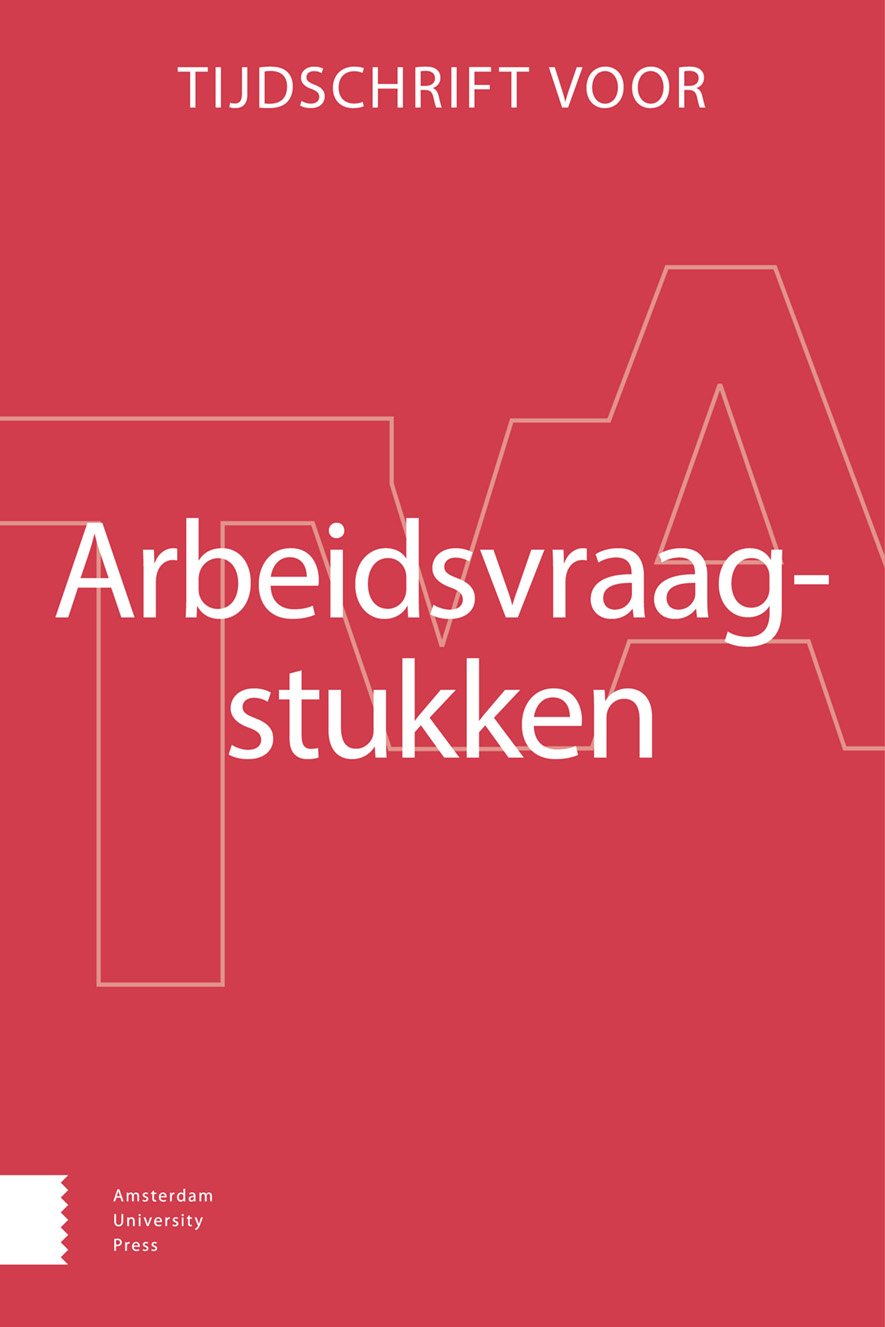
Full text loading...
We use cookies to track usage and preferences.I Understand
In dit artikel onderzoeken we het effect van flexibel werken op werk-privéconflict en psychische vermoeidheid. Startpunt is de flexibiliteitsparadox, die stelt dat flexibel kunnen werken, naar plaats en tijd, een positief effect heeft op het welbevinden van mensen, maar ook het werk-privé-conflict verhoogt. Het onderzoek op basis van de paradox laat zien dat mensen meer uren gaan werken als ze veel autonomie hebben. We leiden daaruit af dat arbeidsflexibiliteit wellicht bijdraagt aan het hoge niveau van psychische vermoeidheid in Nederland. We toetsen het effect van flexibiliteit op werk-privéconflict en op psychische vermoeidheid met data uit de Nationale Enquête Arbeidsomstandigheden (NEA). De resultaten verschillen voor verschillende vormen van flexibiliteit. Wanneer mensen zelf kunnen bepalen op welke uren ze werken, verrichten ze minder overwerk, ervaren ze minder werkdruk, en zijn werk-privéconflict en psychische vermoeidheid laag. Als ze meer thuis werken, verrichten mensen meer overwerk, ervaren ze hogere werkdruk, en zijn werk-privéconflict en psychische vermoeidheid hoger. Het meer thuis werken draagt dus bij aan de verklaring van psychische vermoeidheid in Nederland.

Article metrics loading...

Full text loading...
References


Data & Media loading...

